- Home
- Features
- Movies/Media
- Collectibles
- Comics/Books
-
Databases
-
Figure Database
>
-
X-Plus Toho/Daiei/Other
>
- X-Plus 30 cm Godzilla/Toho Part One
- X-Plus 30 cm Godzilla/Toho Part Two
- X-Plus Large Monster Series Godzilla/Toho Part One
- X-Plus Large Monster Series Godzilla/Toho Part Two
- X-Plus Godzilla/Toho Pre-2007
- X-Plus Godzilla/Toho Gigantic Series
- X-Plus Daiei/Pacific Rim/Other
- X-Plus Daiei/Other Pre-2009
- X-Plus Toho/Daiei DefoReal/More Part One
- X-Plus Toho/Daiei DefoReal/More Part Two
- X-Plus Godzilla/Toho Other Figure Lines
- X-Plus Classic Creatures & More
- Star Ace/X-Plus Classic Creatures & More
-
X-Plus Ultraman
>
- X-Plus Ultraman Pre-2012 Part One
- X-Plus Ultraman Pre-2012 Part Two
- X-Plus Ultraman 2012 - 2013
- X-Plus Ultraman 2014 - 2015
- X-Plus Ultraman 2016 - 2017
- X-Plus Ultraman 2018 - 2019
- X-Plus Ultraman 2020 - 2021
- X-Plus Ultraman 2022 - 2023
- X-Plus Ultraman Gigantics/DefoReals
- X-Plus Ultraman RMC
- X-Plus Ultraman RMC Plus
- X-Plus Ultraman Other Figure Lines
- X-Plus Tokusatsu
- Bandai/Tamashii >
- Banpresto
- NECA >
- Medicom Toys >
- Kaiyodo/Revoltech
- Diamond Select Toys
- Funko/Jakks/Others
- Playmates Toys
- Art Spirits
- Mezco Toyz
-
X-Plus Toho/Daiei/Other
>
- Movie Database >
- Comic/Book Database >
-
Figure Database
>
- Marketplace
- Kaiju Addicts
|
The original Godzilla/Gojira will be shown in Japan as it is being done here, there is the official website godzilla1954.jp with info on the movie, cast, theaters, and more. Below is the trailer for the new showings, the classic trailer, original poster, and promo banner for the showings.
1 Comment
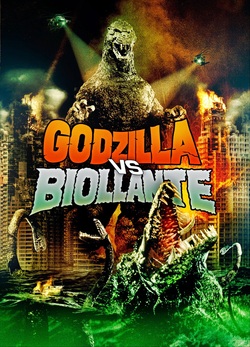 Godzilla vs Biollante Screening and Model & Camera Demonstration Date: May 3rd 2014 Location: JACCC Aratani Theatre (Ticket is available on JACCC's website) 244 South San Pedro Street, Los Angeles, CA 90012 Phone: (213) 628-2725 Show Time: 3pm: 1st Screeing (English Dubbed) 6pm: 2nd Screeing (Japanese Audio w/English Sub) Admisston: $12.00 for adults Free for children 12 years and under Special Guest: Mr. Kawakita, Director of Special Effects Mr. Iwasakai, Marbling Fine Arts Co. Godzilla vs. Biollante is a Japanese Tokusatsu Kaiju film made in 1989. Directed by Koichi Kawakita. Director Koichi Kawakita and Mr. Iwasaki will apper all way from Japan "Godzilla or Biollante, whichever the winner is going to be the enemy...." Story Dr. Shiragami has been genetically engineering a form of indestructible plant life using a rare supply of Godzilla cells. This experiment has brought a strange new form of plant life into existence: Biollante, massive, yet peaceful in every way…until Godzilla returns to wreak havoc upon Japan. It is only then that something within Biollante stirs and the plant must fight to save her creator and the land she loves. It's the super-beast Battle of the Century when Godzilla and explosive fight to the finish. 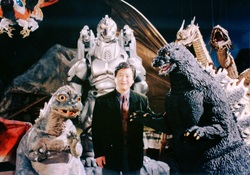 "G" In Jungle Event If you are a true Tokusatsu film fan, come on join us at Entertainment Hobby Shop Jungle after screening. We will have Director Kawakita and Mr. Iwasaki for Panel, Q & A and Special screening "Nendo no Kamisama", 15 minutes short Tokusatsu film directed by Mr. Kawakita and the miniature model for the film was done by Mr. Iwasaki. This movie will be shown exclusively at Jungle. Date: May 3rd 2014 Location: Entertainment Hobby Shop Jungle (Anime Jungle) 319 East 2nd Street #103, Los Angeles, 90012 Phone: (213)621-1661 Time: 9:00pm Admission: Free (Maxmum capacity: 150, First come-first serve basis) Event Contents: Panel Discussion, Q&A, Nendono Kamisama Screening, etc These four exclusive posters will be available only at this event!! Do not miss out!!
From Huffington Post Godzilla is a multicultural icon. If there was a Coca-Cola commercial featuring monsters that sung the national anthem, he'd be singing his part in a mixture of English and Japanese. He's been terrorizing Tokyo for longer than Disneyland has been around. Over the span of 60 years, he's battled Earthlings, space monsters and robots, spawned offspring and chased Matthew Broderick, all while belting out the most iconic roar in film history. He's appeared in 28 Japanese films, a 1998 American film and an upcoming 2014 reboot, countless comic books, novels, video games and TV. That's an astounding feat of sustainability. The daikaiju has nestled in our hearts (and nightmares) carving out a permanent place in the annals of entertainment lore. But even more astounding is Godzilla's secret past. Where did Godzilla come from, and why? In anticipation of Godzilla 2014 hitting theaters May 16 (directed by Gareth Edwards, and starring Bryan Cranston, Elizabeth Olsen and Ken Watanabe), here's a brief guide to the monster's origin story. The truth may actually blow your mind. Godzilla is the original radioactive superhero -- or antihero, in this case. The reptilian giant was born out of a genre of Japanese film called Hibakusha Cinema, developed in the unique cultural climate of post-war Japan. At the time, there were several prominent factors at the forefront of popular thought, a brief examination of which makes it easy to see what exactly led to the monster's development. The first, and most influential, was the fear of radiation and the potential long-term effects of the atomic bombings. Godzilla first appeared in the 1954 film, Gojira, directed by Ishiro Honda. Charlotte Eubanks, Assistant Professor of Comparative Literature and Japanese at The Pennsylvania State University, elaborated on the widespread cultural anxiety at the time of the film's release: During the U.S.-led occupation, which lasted until 1952, there was a moratorium on any press coverage dealing with the atomic aftermath in any in-depth way. The thinking was that too much attention to the atomic bombings would derail democratization efforts and would undermine U.S. authority, particularly since the U.S. had already begun using Japanese territory as a base from which to launch bombing raids on Vietnam. With the end of the occupation, some activists and journalists started to deal directly with the atomic bombings, but they were not getting much traction. People were more interested in trying to rebuild. But then there was a real game-changer. The U.S. conducted a nuclear test over the Bikini atoll and a Japanese fishing ship, the Lucky Dragon, its crew, and all their fish were exposed to the fallout radiation. When this hit the newspapers, it ignited an enormous scare, as people throughout the country feared that they had been exposed to nuclear radiation through consuming tainted fish. That was in March 1954, shortly before the release of Gojira, the opening scene of which features a fishing crew exposed to an unexplained, destructive flash of light. So, when that hit the big screens, it touched a real nerve with the Japanese public. The short-term effects of radiation were already clearly visible in the individuals who had survived the blasts but had not been spared from the effects of radiation poisoning. This unfortunate group would become known as Hibakusha, which translates colloquially to "bomb-affected person." Hibakusha expressed a range of symptoms relative to their exposure. Some of them died shortly after the bombings from severe radiation sickness. Others of them developed radiation burn scars, along with a host of other symptoms that went undiagnosed and unexplored due to social prejudices. They would live ostracised lives, shunned by mainstream society. Even now, Hibakusha remain a taboo, and avoidance is the unofficial national policy. The fact that Godzilla is a giant Hibakusha should not go unnoticed. He's a reminder of the destructive power of radiation, and the transformative properties of the atomic bomb's devastation. Stephen D. Sullivan, author of Daikaiju Attack (a giant monster novel) and numerous other books and comics, including Teenage Mutant Ninja Turtles, has this to say about the creature's origin: Godzilla, both the character and the film, are a reflection on the Japanese experience at the end of World War II: destruction beyond imagining, and a lurking sense that "We brought this on ourselves" somehow, even without meaning to. In the film we see both the guilt, the feeling that the punishment perhaps outweighs the sin, and the striving for redemption, all of which are typical for such stories. In some ways, there's a similar arc in the origin of Spider-Man: radioactive accidental origin, great power used without regard for consequence (personal profit for Spidey), punishment out of proportion (the death of Uncle Ben), and eventual redemption as a hero. Humanity has long had a twisted fascination spawning from deep-seated fears of a destructive monster, one so great as to annihilate whole societies indiscriminately. The Hindu religion expressed this idea in the form of the god Shiva, who is the destroyer of the self, of negative aspects of an individual, and ultimately of the Universe. In popular literature, the concept is commonly associated with the fiction of Lovecraft and his Cthulu mythos. Oppenheimer, the father of the atomic bomb, famously recited a line from the Bhagavad Gita uttered by Krishna, an incarnation of the Hindu god Vishnu (himself a creator and destroyer). Upon witnessing the destructive power of the bomb, Oppenheimer paraphrased the deity: "Now I am become death, the destroyer of worlds." The religious climate of Japan owes a great deal to its forerunners in Buddhism -- India and China -- who, in turn, owe a great deal to Hindu teachings. In some cases, Hindu pantheons have been completely adopted by Buddhist sects, ensuring the propagation of certain concepts into future generations of practitioners. Godzilla could very well represent one such concept, in the form of a destructive and indiscriminate deity born of Hindu philosophy and adopted into Buddhist thought. The final piece of the creature's origin story is an all-too familiar tale in the modern age. It's the story of human progress. Nature vs. Technology. What happens when man, through its incessant meddling, makes that long-awaited mistake that ultimately brings the Earth to its knees? Bringing our own species to the brink of extinction has long been a favorite subject of science fiction stories, and Godzilla is a prime example. Technology either awoke the monster from its slumbers deep beneath the ocean or outright created it. We know that, at the very least, Godzilla's exposure to radiation increased his destructive power; the blue flame he spews is known as his "atomic blast." And the creature rejuvenates his powers by sopping up the electromagnetic fields harnessed by crashing through electrical lines and power stations.
Says Eubanks: The basic premise of Gojira, the original 1954 version, is that nuclear testing in the Pacific has awakened a terrible dinosaur which, in its wrath, is bent on destroying Tokyo. But, as Barak Kushner and others have noted, the film isn't so much about destruction as it is about fear. Look at any screen shot of the movie, and pretty much every single person wears an expression of utter terror. This is true whether you're talking about the scene where the radio reporter is declaiming into his microphone right up to the moment when the monster crushes him, or you're talking about quieter scenes with the scientist in his lab. Godzilla is many things, a product of the environment that created him. In our haste to make action-adventure blockbusters, we shouldn't forget the tangible sorrow that follows in the creature's wake. He is a symbol of destruction, prejudice and arrogance. In post-war Japan, Godzilla was a symbol of the side-effects of international conflict. A punishment brought on by the senseless brutality demonstrated through an abuse of technological progress. In the decades since his creature, Godzilla has become invariably changed. Says Sullivan:It almost seems inevitable, though, that bad guys we love become good guys. I think that maybe, as fans, we tire of rooting for 'bad,' and, sensing that, the storytellers tend to drift toward making their creations more likable. So, eventually, Godzilla no longer stomps cities (except when under control by evil aliens), and, instead, fights the enemies of mankind in wide open spaces in the mountains of Japan, or even on another planet. I guess turning from anti-hero to hero is the price of popularity. And don't we all love a good redemption story? Godzilla 2014 releases May 16. It isn't entirely clear how the upcoming movie will portray the scaly lizard, but from the marketing materials, it looks like they're gunning for a return to Godzilla's atomic origins. I only hope that the movie also showcases the gritty and unavoidable truths that led to the real-life formation of the monster. 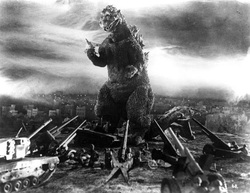 From The New Yorker by Richard Brody My artistic career was ended by Godzilla—as a child monster-movie maniac, I stopped attending painting classes when the long-awaited film (the American version, of course, starring Raymond Burr) showed up on Saturday-morning television. So I take the weeklong run of the Burr-free 1954 Japanese-language original, which begins today at Film Forum, personally. I missed the 2004 screenings of the restoration, so this revival is a welcome chance to catch up with it, and the experience is surprising. The first surprise is that the original version, directed by Ishiro Honda, is not a kids’ movie, not a hectic teen goof, not a grindhouse shocker but a serious drama of politics, romance, and conscience (both civic and intimate). The two versions are offered together in Criterion’s DVD double set, and it’s a commonplace that, in the Hollywood version, from 1956, the movie’s cautionary doings—regarding undersea nuclear testing, the nerve-jangling threat of atomic weapons, and Japan’s enduring trauma at being their victim—are drastically toned down, and its bitterness toward the United States for the bombing of Hiroshima and Nagasaki is elided. In the Japanese version, a parliamentary discussion of the monster’s attacks devolves into fury when an official suggests suppressing the nuclear origins of Godzilla’s return—in order not to damage “diplomatic relations”—and the families of victims react with outrage. Secrecy—one of the major themes in the Japanese cinema, via the depiction of rigid social codes that impede the uninhibited expression of emotion in private life—plays a major role in “Godzilla,” too (in both versions). The one weapon that might prove effective against the colossus is the work of a reclusive scientist, who discloses his invention to the woman he loves—the daughter of a paleontologist who’s part of the official response team—but she, for her part, is in love with another man, a young shipping-line official who is also involved in the battle. 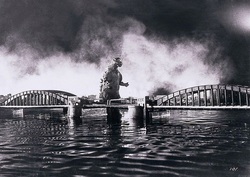 There are two greater secrets at work in the original, and they’re absent from the American version: the scientist’s crisis of conscience over the prospect that he has created a weapon of mass destruction that will, like nuclear arms, inevitably proliferate, and the paleontologist’s desire to preserve the monster not just (as in the American version) for disinterested scientific study but to extract the secret of its resistance to radiation. In short, the rational hero of the original, a principled technocrat, rues the combat against a monster that’s laying waste to the country because he thinks that it may hold the key to Japan’s surviving a greater threat, nuclear war. (In response, the young shipping executive disagrees, deeming Godzilla “no different from the H-bomb hanging over our heads.”) The second surprise is that—despite the many scenes, themes, and touches that are missing—the hacked-up and adulterated American version is better. It starts with an American journalist named Steve Martin (played by Burr), who is injured in Godzilla’s attack on Tokyo and turns the story into his extended flashback and first-person account. The additional footage featuring Martin and a few other added characters (notably, Martin’s friend, a Japanese officer, played by Frank Iwanaga) was directed by Terry Morse, flatly and unimaginatively, but the splicing is sufficiently deft, and Burr’s crackling voice-over covers the gaps—and, even more important, his voice creates a point of view and reveals a means of transmission. Martin mediates the movie and, in the process, gives it a kick of modernity. The story of Godzilla is the story of the attack’s reporting, of how a series of events coalesces into a narrative—and the single best moment in both versions takes place during Godzilla’s assault on Tokyo, when Martin expects to be killed and, in the hope of leaving a record of the events, brings out a suitcase-size reel-to-reel deck and records, in real time, a testamentary narration on tape. (The second-best thing is the surprisingly mournful, non-stirring music in the climactic hunt, which is the same in both versions.) The flashback structure thwarts the incremental experience of Godzilla’s menace, the element of surprise within the suspense. What it especially sacrifices is shock, the sheer terror at the scope of destruction, which, in the English-language version, is apparent at the outset, as in a report of an actual disaster: the news has broken in a headline, the full story fills in the details, and it arrives by way of an intrepid and heroic reporter, the extra variable in the Godzilla event who’s subject to it yet remains outside it even as he defines it. 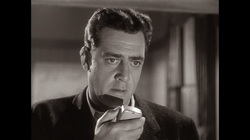 The third surprise is that I don’t think that either “Godzilla” is near the top of the genre, or is especially classical for anything other than iconic value—I think that the creature is famous for signifying the great movie monster without actually being one. The main problem is that Godzilla itself isn’t very interesting. The monster is a principle of pure destruction: it’s not feeding on human flesh or farm animals or asphalt or electricity; it’s just laying waste to whatever’s in its path, stomping and swatting and smashing and exhaling a fiery dragon breath for the sheer hell of it. In theory, the idea of a nihilistic monster is as good as the idea of a reflective one, a tormented one, or a hungry one—provided that it’s developed. Godzilla, the lord of the land and sea, has no objective, no goal, no guiding principle; it has been jolted from its somnolence, its habitat has been despoiled, and now it despoils ours. Godzilla is a premise, a device, and a look, but not a being; for all its violence, it’s essentially static. Monsters are the realm of the child’s psyche, the projection of inchoate fears in concrete, quasi-personified forms, and even the ones that are meant for adults resonate with the unconscious. Incomprehension battles with comprehension, the unexpressed conflicts with the desire to see, the near-ridiculous and the audaciously comical arise from the gravest horrors and the deepest fears. That’s why the tabloid hysteria of drive-in sci-fi and the inspired regressiveness of Jerry Lewis and Frank Tashlin make for fifties monsters of unabated fecundity and enduring power. Where monster matters turn sternly adult, it takes backroom gameswomanship in the vein of Howard Hawks’s “The Thing from Another World” to play up the genre’s exotic overtones. The earnest sobriety of “Godzilla” gets in the way—it thwarts both the histrionically but authentically puerile and the dangerously, irreparably adult. It is, for the worse, a serious movie. The morning I dropped art school for the broadcast of “Godzilla” left me feeling foolish for falling for the hype; the movie was a disappointment then and, nearly half a century later, it disappoints still. |
Archives
July 2024
Categories
All
|
|
© 2011-2024 Kaiju Battle. All Rights Reserved.
|
Visit Our Social Media Sites
|
Proudly powered by Weebly
|
- Home
- Features
- Movies/Media
- Collectibles
- Comics/Books
-
Databases
-
Figure Database
>
-
X-Plus Toho/Daiei/Other
>
- X-Plus 30 cm Godzilla/Toho Part One
- X-Plus 30 cm Godzilla/Toho Part Two
- X-Plus Large Monster Series Godzilla/Toho Part One
- X-Plus Large Monster Series Godzilla/Toho Part Two
- X-Plus Godzilla/Toho Pre-2007
- X-Plus Godzilla/Toho Gigantic Series
- X-Plus Daiei/Pacific Rim/Other
- X-Plus Daiei/Other Pre-2009
- X-Plus Toho/Daiei DefoReal/More Part One
- X-Plus Toho/Daiei DefoReal/More Part Two
- X-Plus Godzilla/Toho Other Figure Lines
- X-Plus Classic Creatures & More
- Star Ace/X-Plus Classic Creatures & More
-
X-Plus Ultraman
>
- X-Plus Ultraman Pre-2012 Part One
- X-Plus Ultraman Pre-2012 Part Two
- X-Plus Ultraman 2012 - 2013
- X-Plus Ultraman 2014 - 2015
- X-Plus Ultraman 2016 - 2017
- X-Plus Ultraman 2018 - 2019
- X-Plus Ultraman 2020 - 2021
- X-Plus Ultraman 2022 - 2023
- X-Plus Ultraman Gigantics/DefoReals
- X-Plus Ultraman RMC
- X-Plus Ultraman RMC Plus
- X-Plus Ultraman Other Figure Lines
- X-Plus Tokusatsu
- Bandai/Tamashii >
- Banpresto
- NECA >
- Medicom Toys >
- Kaiyodo/Revoltech
- Diamond Select Toys
- Funko/Jakks/Others
- Playmates Toys
- Art Spirits
- Mezco Toyz
-
X-Plus Toho/Daiei/Other
>
- Movie Database >
- Comic/Book Database >
-
Figure Database
>
- Marketplace
- Kaiju Addicts


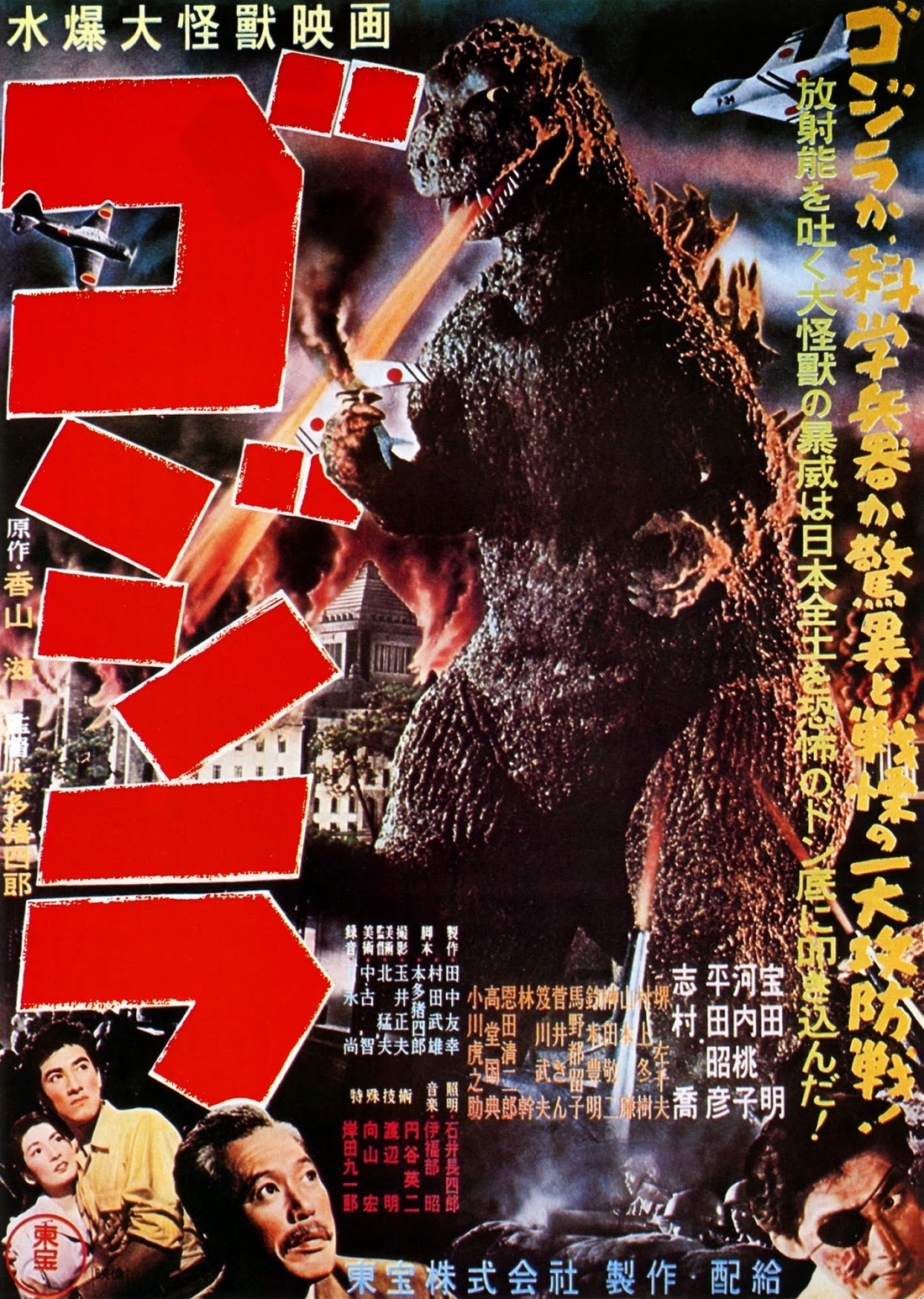


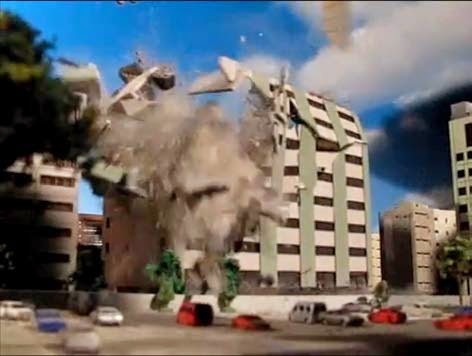
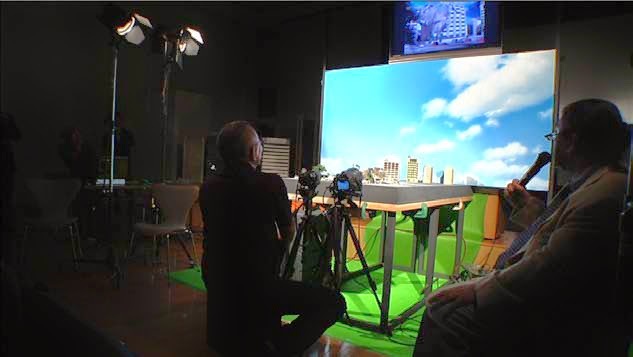
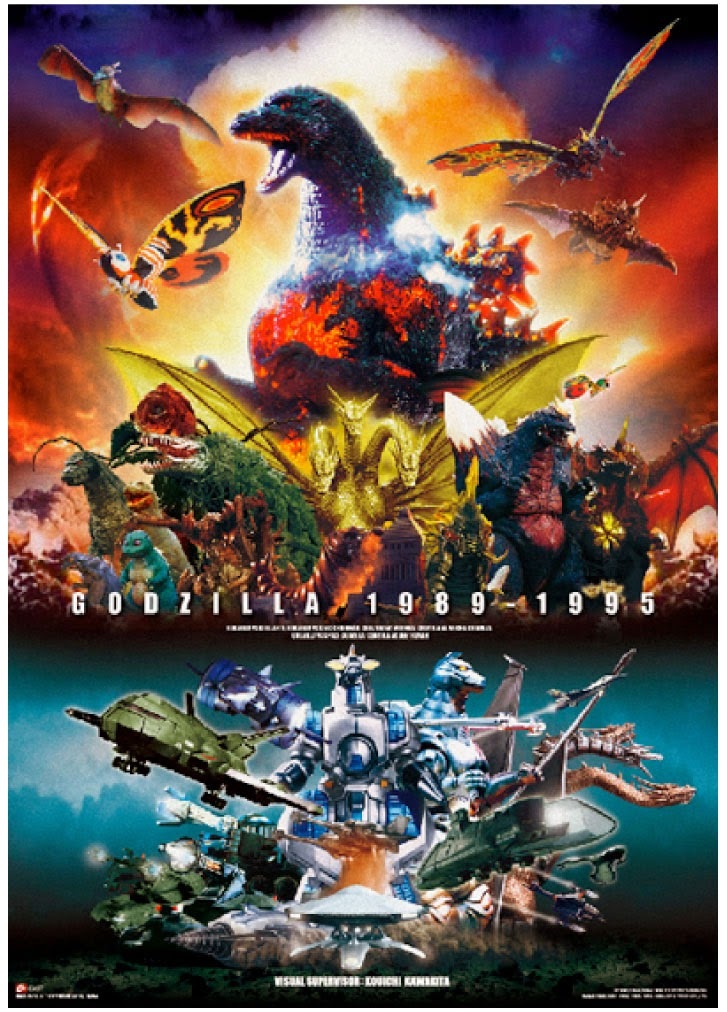
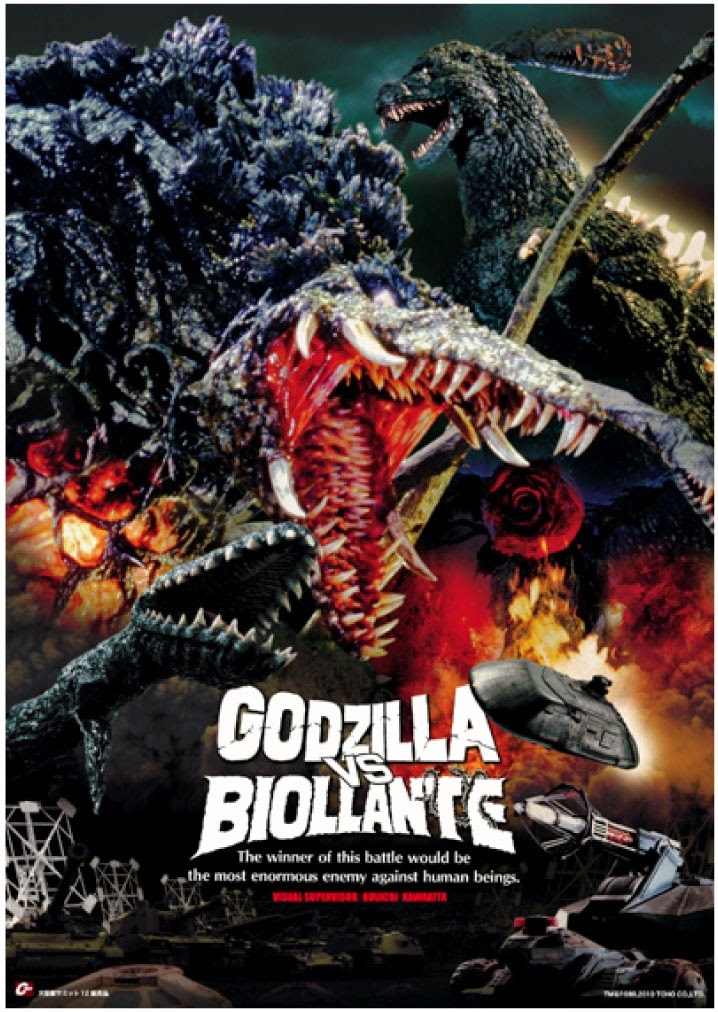
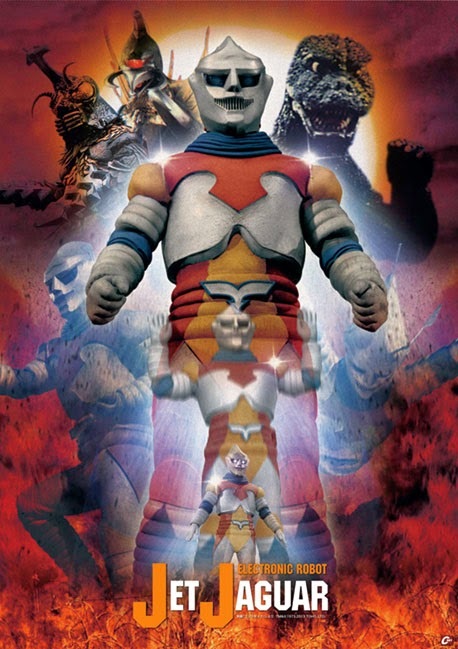
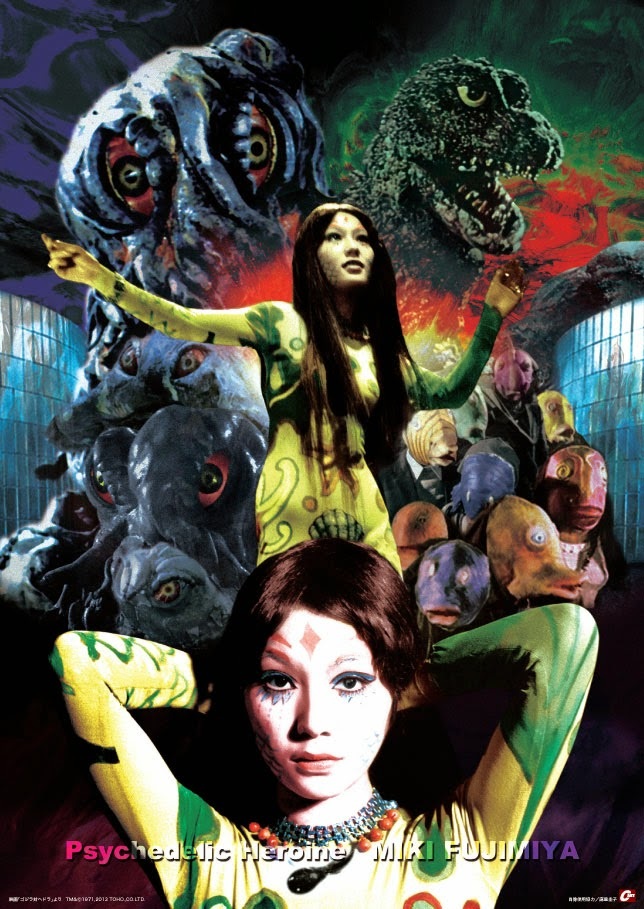
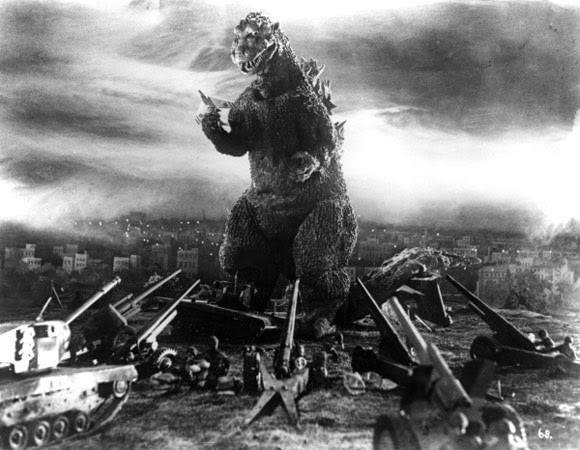
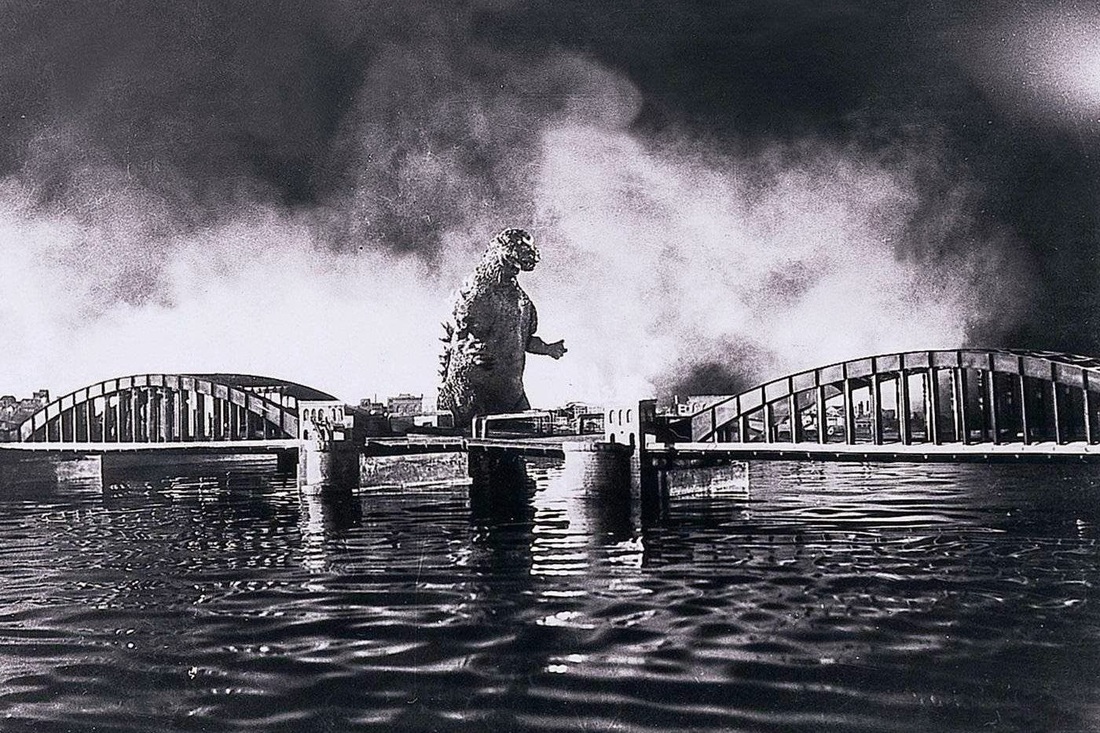
 RSS Feed
RSS Feed